German Expressionism, a groundbreaking artistic movement that emerged in early 20th century Germany, has left an indelible mark on the world of cinema. This avant-garde style, characterized by its distinctive visual aesthetics, psychological depth, and innovative techniques, has shaped the language of film for generations. German Expressionist cinema, with its bold, distorted visuals and emotional intensity, set a new standard for artistic expression in motion pictures.
The significance of German Expressionism lies in its ability to convey complex emotions, inner turmoil, and societal anxieties through a unique visual language. Its influence can be traced through the history of cinema, from the golden age of Hollywood to the present day, where filmmakers continue to draw inspiration from the movement’s iconic style and themes. German Expressionism’s enduring impact on contemporary cinematography is a testament to its power and versatility as an artistic medium.
This article will explore the origins and key characteristics of German Expressionism, its impact on Hollywood cinema, and its lasting influence on modern filmmaking. By examining the movement’s visual style, psychological themes, and technical innovations, we will gain a deeper understanding of how German Expressionism has shaped the art of cinema and continues to inspire filmmakers around the world.
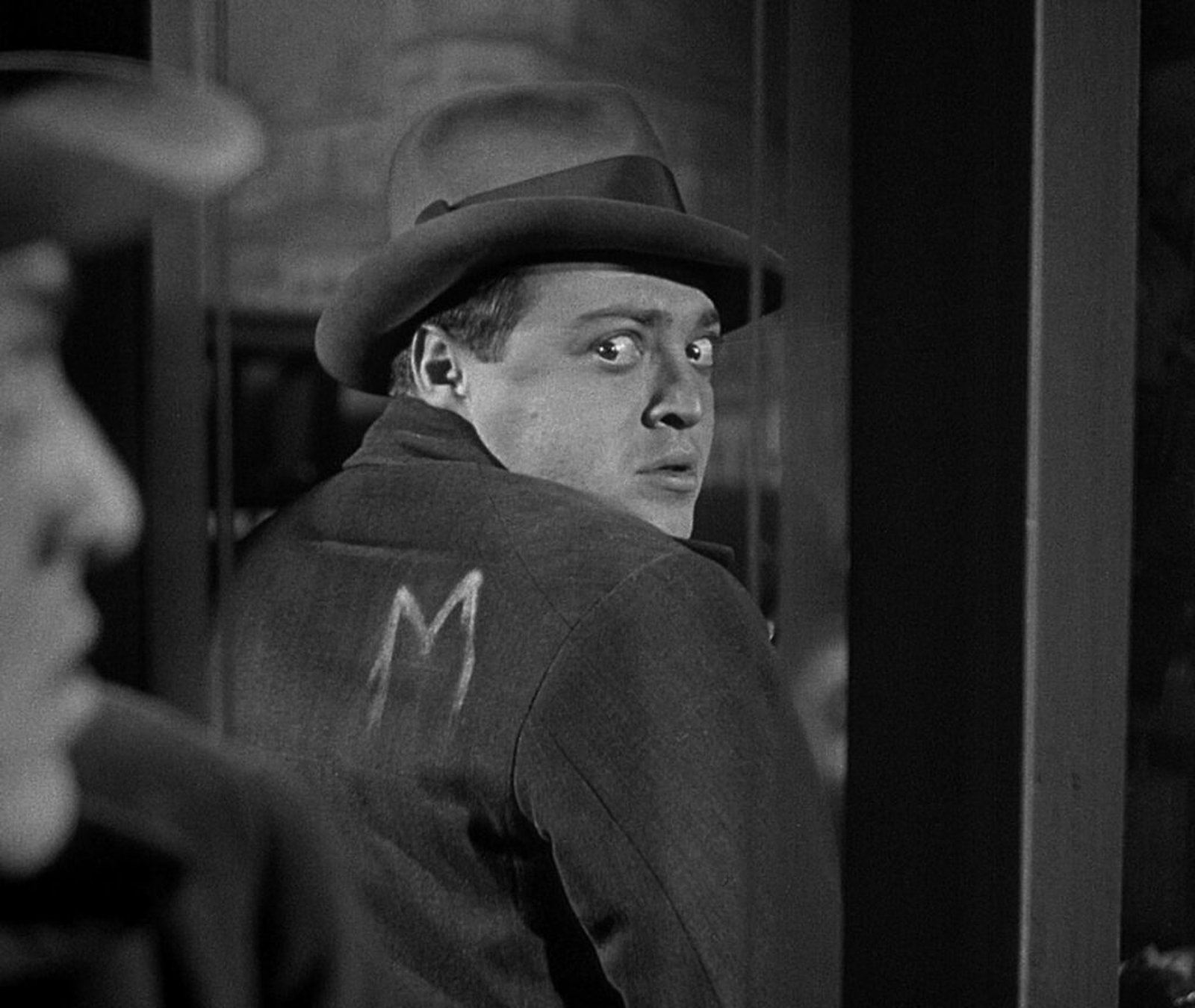
Table of Contents
Origins of German Expressionism
German Expressionism emerged in the early 20th century, against the backdrop of a rapidly changing world. The movement was born in the aftermath of World War I, as artists sought to express the psychological turmoil, social upheaval, and existential anxieties that characterized the era. Expressionism in film was an extension of the broader Expressionist movement, which encompassed painting, literature, and theater, all of which sought to prioritize emotion and subjective experience over objective reality.
The historical and cultural context of post-World War I Germany played a crucial role in shaping the themes and aesthetics of German Expressionist films. The war’s devastating impact, combined with the political and economic instability of the Weimar Republic, created a climate of uncertainty and unease that was reflected in the movement’s dark, distorted visuals and psychological themes. Expressionist filmmakers used the medium to explore the inner lives of characters, often delving into the realms of madness, paranoia, and existential dread.
Several key figures and pioneers of German Expressionism left an indelible mark on the movement and the history of cinema as a whole. Robert Wiene, director of the seminal film “The Cabinet of Dr. Caligari” (1920), is often credited with establishing the visual and thematic template for Expressionist cinema. Other notable filmmakers, such as F.W. Murnau, Fritz Lang, and Paul Leni, further developed and refined the style, creating some of the most iconic and influential films of the era.
Key Characteristics of German Expressionism in Film
The visual style of German Expressionist films is one of the movement’s most distinctive and enduring legacies. Expressionist filmmakers sought to create a heightened, subjective reality through the use of distorted and exaggerated sets, landscapes, and architecture. These surreal, nightmarish environments were designed to reflect the psychological states of the characters and to evoke a sense of unease and disorientation in the audience. High-contrast lighting and deep shadows were also key elements of the Expressionist visual language, creating stark, dramatic compositions that emphasized the interplay between light and dark.
German Expressionist films often explored complex psychological and emotional themes, delving into the inner lives of characters and the dark recesses of the human mind. These films frequently dealt with themes of madness, alienation, and the struggle between good and evil, using visual symbolism and metaphor to convey abstract concepts and emotional states. Expressionist films also often reflected the societal anxieties and fears of the time, such as the dehumanizing effects of industrialization, the rise of authoritarianism, and the fragility of the human psyche in the face of modernity.
Innovative set design and lighting techniques were crucial to the creation of the distinctive Expressionist look. Filmmakers collaborated with artists and architects to create highly stylized, abstract sets that conveyed a sense of psychological distortion and unease. These sets often featured sharp angles, jagged lines, and twisted perspectives, creating a sense of claustrophobia and disorientation. Chiaroscuro lighting, with its extreme contrasts between light and shadow, was used to create dramatic, emotionally charged compositions that emphasized the psychological states of the characters.
Notable German Expressionist Films and Filmmakers
“The Cabinet of Dr. Caligari” (1920), directed by Robert Wiene, is widely considered the quintessential German Expressionist film. The movie’s distorted, nightmarish sets and psychological themes set the standard for the movement and influenced countless films that followed. The story of a mysterious hypnotist and his somnambulist servant, who may or may not be committing murders, is a prime example of Expressionism’s interest in the dark corners of the human mind.

F.W. Murnau’s “Nosferatu” (1922) is another iconic German Expressionist film that helped define the horror genre. Murnau’s use of chiaroscuro lighting and eerie, supernatural elements created a sense of dread and unease that would become a hallmark of Expressionist cinema. The film’s visual style, with its long shadows and distorted compositions, has been imitated and referenced in countless horror movies since.
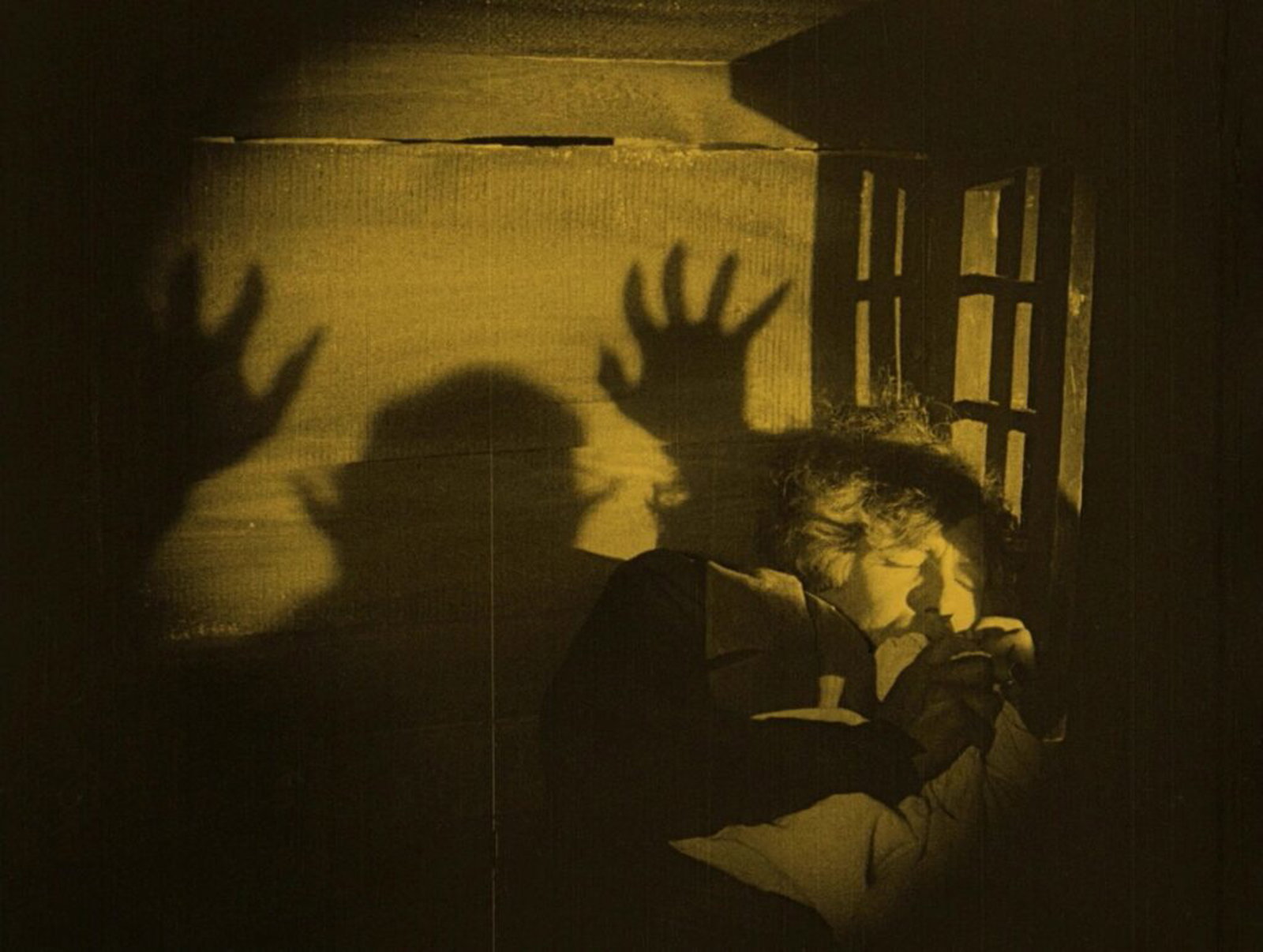
Fritz Lang’s “Metropolis” (1927) is a groundbreaking science fiction film that combines Expressionist aesthetics with a dystopian vision of the future. The movie’s stunning visual effects, elaborate sets, and psychological themes showcase the versatility and power of the Expressionist style. “Metropolis” has influenced generations of filmmakers and remains a landmark of both German Expressionism and science fiction cinema.
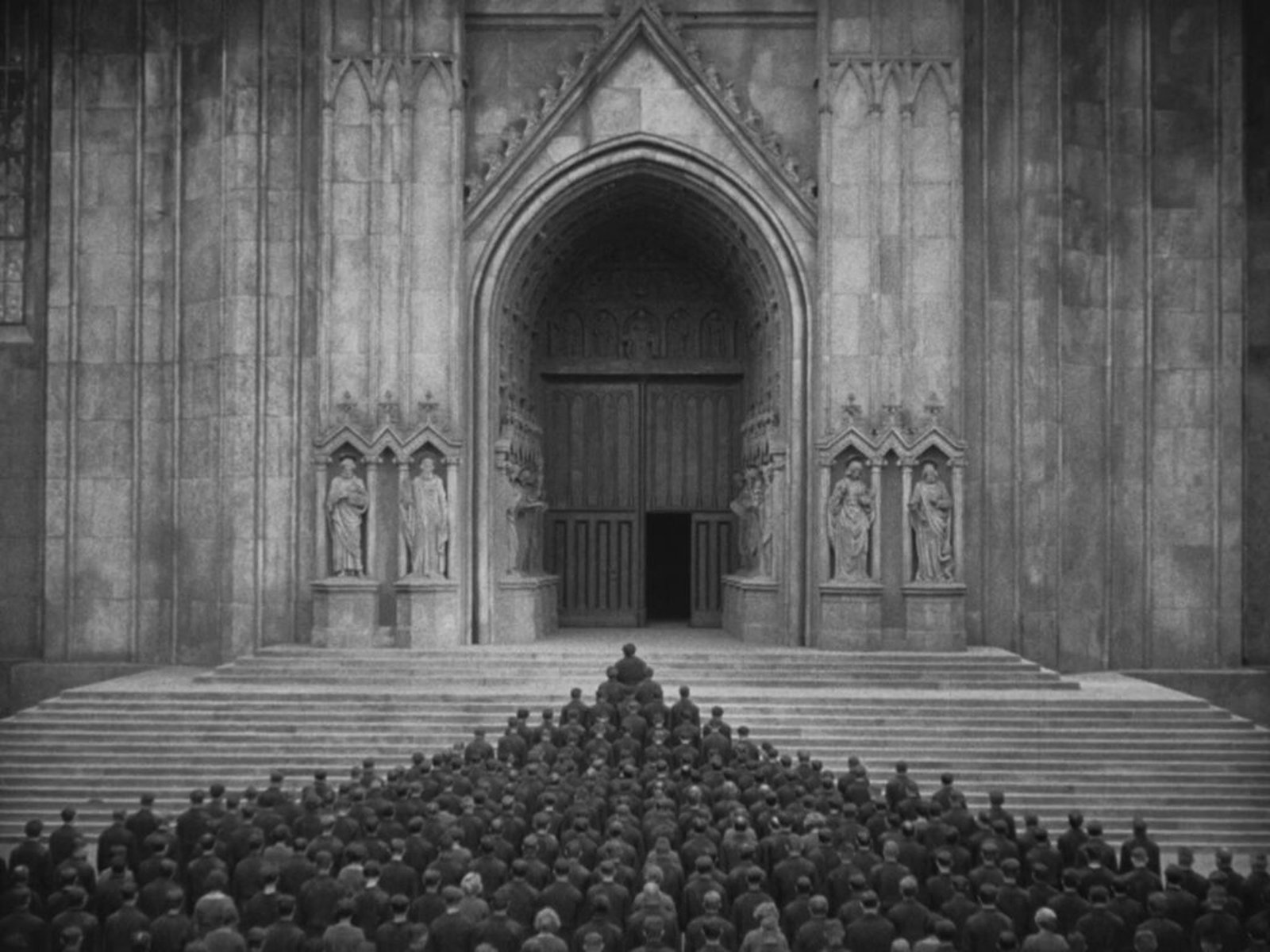
The Migration of German Expressionism to Hollywood
The rise of the Nazi Party in Germany in the 1930s had a profound impact on the German film industry and the fate of Expressionism. Many of the movement’s key figures, including directors, actors, and cinematographers, were forced to flee the country due to their Jewish heritage or political beliefs. This exodus of talent led to a significant decline in German film production and effectively ended the Expressionist era in Germany.
The emigration of German filmmakers and talent to the United States in the 1930s had a significant impact on Hollywood cinema. Directors like Fritz Lang, F.W. Murnau, and Otto Preminger brought their Expressionist sensibilities to American films, influencing the development of genres like horror, film noir, and science fiction. These filmmakers adapted Expressionist techniques and themes to suit American audiences and production styles, creating a new hybrid of German and Hollywood cinema.
The influence of German Expressionism on American cinema can be seen in the work of countless filmmakers and in the development of several key genres. In particular, the Film Noir genre, with its moody lighting, psychological themes, and morally ambiguous characters, owes a great debt to the Expressionist tradition. Directors like Orson Welles, Alfred Hitchcock, and Billy Wilder all incorporated Expressionist elements into their films, helping to shape the style and tone of American cinema in the 1940s and beyond.
German Expressionism’s Influence on Film Noir
The visual techniques and stylistic elements of German Expressionism had a profound influence on the development of Film Noir in the 1940s and 1950s. Film Noir movies adopted many of the key visual hallmarks of Expressionism, including high-contrast lighting, deep shadows, and distorted compositions. These techniques were used to create a sense of moral ambiguity, psychological tension, and existential dread, themes that were central to both Expressionism and Film Noir.
In addition to their visual parallels, German Expressionism and Film Noir also shared many thematic and psychological elements. Both genres often explored the darker aspects of human nature, delving into themes of corruption, betrayal, and the blurring of moral boundaries. Expressionist films and Film Noir movies also frequently featured characters who were psychologically complex and morally ambiguous, reflecting a sense of uncertainty and disillusionment with society and human nature.
Many key films and filmmakers in the Film Noir genre were directly influenced by German Expressionism. Movies like “The Maltese Falcon” (1941), “Double Indemnity” (1944), and “Touch of Evil” (1958) all bear the stylistic and thematic hallmarks of Expressionism, with their moody lighting, psychological depth, and exploration of moral ambiguity. Directors like Orson Welles, Billy Wilder, and Otto Preminger, who were themselves influenced by Expressionist cinema, helped to shape the look and feel of Film Noir and cement its place in film history.
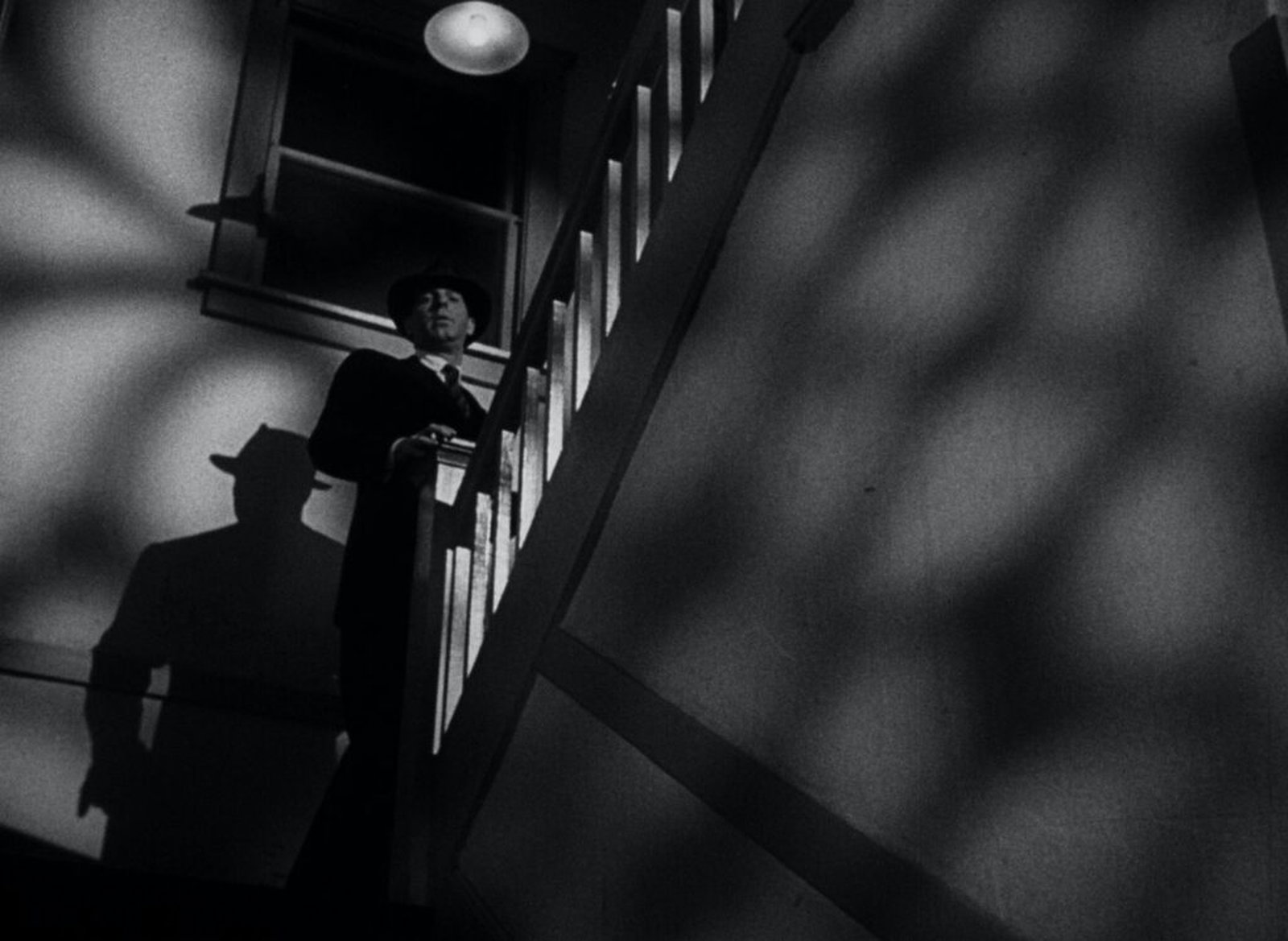
Impact on Modern Cinematography and Filmmakers
The influence of German Expressionism extends far beyond its historical context and can be seen in the work of many contemporary filmmakers. Neo-expressionist films and filmmakers have adapted the style and themes of Expressionism for modern audiences, creating a new generation of visually stunning and psychologically complex movies. Directors like Tim Burton, with his distinctive visual style and exploration of dark, fantastical themes, and Guillermo del Toro, with his haunting, atmospheric films, have both been heavily influenced by the Expressionist tradition.
German Expressionism has also had a significant impact on several key film genres, including horror, science fiction, and psychological thrillers. Horror films, in particular, have drawn heavily from the Expressionist tradition, with their emphasis on creating atmospheric, unsettling visuals and exploring the darker aspects of the human psyche. Science fiction movies have also been influenced by Expressionism, particularly in their use of stylized, dystopian settings and their exploration of the relationship between technology and humanity.
The enduring visual and thematic legacy of German Expressionism can be seen in countless films and television shows, from the haunting, surreal visuals of “Twin Peaks” to the neo-noir style of “Blade Runner.” Expressionism’s emphasis on using visual style to convey psychological and emotional states has become a fundamental aspect of modern cinematography, influencing the way that filmmakers use lighting, composition, and set design to create meaning and atmosphere.
Technical Innovations and Advancements
German Expressionist filmmakers were known for their innovative use of camera techniques and angles, which helped to create the movement’s distinctive visual style. Expressionist films often used extreme close-ups, high and low angle shots, and Dutch angles to create a sense of unease, disorientation, and psychological distortion. These techniques were used to convey the subjective experiences of characters and to create a heightened, expressionistic reality.
Lighting was another key area of innovation in German Expressionist cinema. Expressionist filmmakers used lighting to create dramatic, high-contrast images that emphasized the interplay between light and shadow. Chiaroscuro lighting, with its deep, inky blacks and stark, bright whites, became a hallmark of the movement, used to create a sense of mystery, danger, and psychological depth. Expressionist lighting techniques had a profound influence on the development of film noir and continue to be used by filmmakers today to create moody, atmospheric visuals.
German Expressionism also had a significant influence on the development of set design and special effects in cinema. Expressionist films often featured highly stylized, abstract sets that used geometric shapes, distorted perspectives, and exaggerated angles to create a sense of psychological distortion and unease. These sets were designed to reflect the inner states of characters and to create a heightened, subjective reality. Expressionist set design techniques had a major impact on the development of horror and science fiction films, influencing the creation of iconic movie monsters and futuristic cityscapes.
German Expressionism in Other Media
The influence of German Expressionism extends beyond the realm of cinema, with its distinctive visual style and psychological themes having a significant impact on the world of video games. Many modern video games have drawn inspiration from the Expressionist tradition, using stylized visuals, atmospheric lighting, and psychological horror elements to create immersive, emotionally resonant experiences. Games like “Silent Hill,” “Bioshock,” and “Limbo” all bear the influence of Expressionism, with their emphasis on creating unsettling, surreal environments that reflect the inner states of characters.
German Expressionism has also had a profound influence on the visual arts, particularly in the fields of painting, graphic design, and illustration. Expressionist painters like Ernst Ludwig Kirchner, Erich Heckel, and Emil Nolde used bold, exaggerated colors and distorted forms to convey emotional states and psychological turmoil. These techniques have been adapted by contemporary artists and designers, who use Expressionist-inspired visuals to create powerful, emotionally resonant images and designs.
The influence of German Expressionism can also be seen in the world of theater and literature. Expressionist playwrights like Georg Kaiser and Ernst Toller used stylized, abstract staging and heightened, poetic language to explore the inner lives of characters and the psychological impact of modern society. These techniques have been adapted by contemporary theater directors and writers, who use Expressionistic elements to create powerful, emotionally charged performances and narratives.
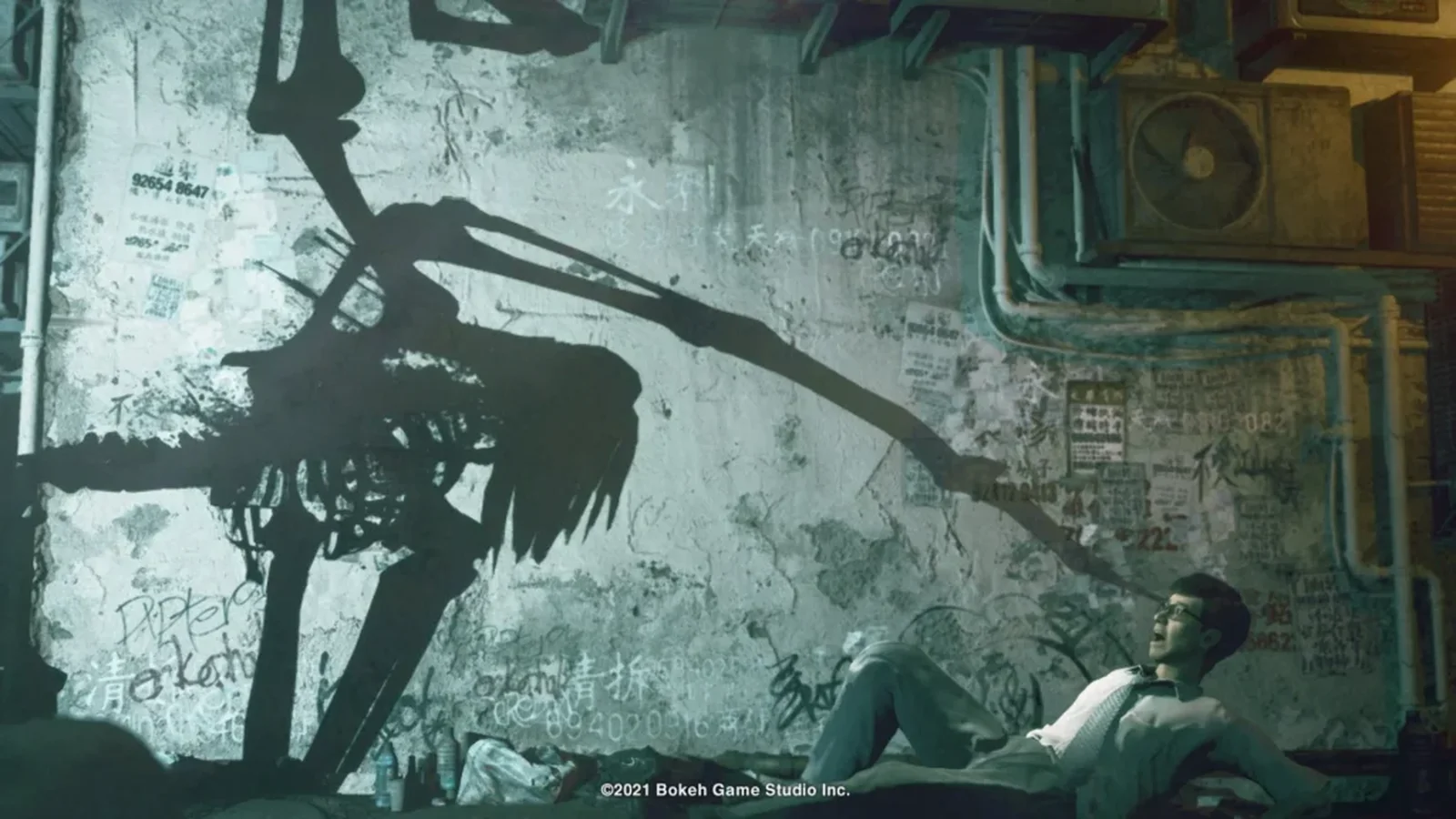
Conclusion
German Expressionism’s enduring influence on contemporary cinematography is a testament to the movement’s power and versatility as an artistic medium. From its origins in the turbulent years following World War I to its current status as a major influence on modern filmmaking, Expressionism has left an indelible mark on the history of cinema. Its distinctive visual style, psychological depth, and thematic complexity have inspired generations of filmmakers and continue to shape the way that movies are made and experienced.
The significance of German Expressionism lies in its ability to use visual storytelling to convey profound emotional and psychological states. By using lighting, composition, and set design to create meaning and atmosphere, Expressionist filmmakers were able to explore the inner lives of characters and the darker aspects of the human psyche in ways that had never been seen before. This emphasis on using visual style to convey subjective experiences has become a fundamental aspect of modern cinematography and has influenced countless filmmakers and artists.
As we look to the future of cinema, it is clear that the relevance and inspiration of German Expressionism will continue to be felt for generations to come. Its enduring legacy as a major influence on contemporary filmmaking, video games, visual arts, theater, and literature is a testament to the movement’s power and versatility as an artistic medium. As new generations of filmmakers and artists continue to draw inspiration from the Expressionist tradition, we can be sure that its impact on the world of cinema and beyond will only continue to grow and evolve.
German Expressionism Films
- The Student of Prague (1913)
- The Golem (1914)
- Der Tunnel (1915)
- Homunculus, 1. Teil (1916)
- Hoffmanns Erzählungen (1916)
- Hilde Warren und der Tod (1917)
- Der Mandarin (1918)
- Opium (1919)
- Nerven (1919)
- The Doll (1919)
- Eerie Tales (1919)
- The Oyster Princess (1919)
- Pest in Florenz (1919)
- Die Teufelskirche (1919)
- The Spiders – Episode 1: The Golden Sea (1919)
- The Spiders – Episode 2: The Diamond Ship (1920)
- The Cabinet of Dr. Caligari (1920)
- From Morning to Midnight (1920)
- Genuine: The Tragedy of a Vampire (1920)
- Algol: Tragedy of Power (1920)
- The Golem (1920)
- Destiny (1921)
- The Wildcat (1921)
- Torgus (1921)
- Die Liebschaften des Hektor Dalmore (1921)
- Dr. Mabuse, the Gambler (1922)
- Nosferatu (1922)
- Vanina (1922)
- Phantom (1922)
- Warning Shadows (1923)
- Crime and Punishment (1923)
- The Street (1923)
- Earth Spirit (1923)
- Schlagende Wetter (1923)
- The Treasure (1923)
- Der steinerne Reiter (1923)
- Crown of Thorns (1923)
- Aelita, the Queen of Mars (1924)
- The City Without Jews (1924)
- Waxworks (1924)
- The Last Laugh (1924)
- The Hands of Orlac (1924)
- Die Nibelungen: Siegfried (1924)
- Die Nibelungen: Kriemhild’s Revenge (1924)
- The Chronicles of the Gray House (1925)
- Tartuffe (1925)
- Living Buddhas (1925)
- Faust (1926)
- The Overcoat (1926)
- The Student of Prague (1926)
- Secrets of a Soul (1926)
- Metropolis (1927)
- Sunrise (1927)
- The Cat and the Canary (1927)
- The Man Who Laughs (1928)
- Asphalt (1929)
- The Last Warning (1928)
- M (1931)
- Vampyr (1932)
- The Testament of Dr. Mabuse (1933)
What is the role of German Expressionism in modern cinema?
German Expressionism has had a profound and lasting impact on modern cinema. Its distinctive visual style, characterized by high-contrast lighting, distorted sets, and psychological themes, has influenced countless filmmakers and genres. Modern directors like Tim Burton and Guillermo del Toro have drawn inspiration from Expressionist techniques to create visually striking and emotionally resonant films. Expressionism’s emphasis on using visual style to convey subjective experiences and psychological states has become a fundamental aspect of contemporary cinematography, shaping the way films are made and experienced today.
How did German Expressionism shape the film industry?
German Expressionism revolutionized the film industry by introducing a new level of artistic and psychological depth to cinema. Expressionist filmmakers used innovative techniques like chiaroscuro lighting, abstract set designs, and subjective camera angles to create a heightened, emotionally charged cinematic experience. These techniques were adopted and adapted by filmmakers around the world, influencing the development of key genres like horror, film noir, and science fiction. Expressionism’s impact on the film industry can still be felt today, with its visual and thematic elements continuing to shape the way movies are made and perceived.
Why is German Expressionism significant?
German Expressionism is significant because it represents a major turning point in the history of cinema. By prioritizing emotion, psychology, and artistic expression over realism and objectivity, Expressionist filmmakers created a new cinematic language that expanded the possibilities of the medium. Expressionism’s ability to convey complex inner states and psychological turmoil through visual means opened up new avenues for storytelling and artistic exploration. Its influence on subsequent film movements and genres, from film noir to horror to science fiction, is a testament to its enduring significance and impact on the art of cinema.
How did German Expressionist cinema impact Hollywood?
German Expressionist cinema had a profound impact on Hollywood, particularly in the 1920s and 1930s. Many German filmmakers and technicians, fleeing the rise of Nazism, emigrated to the United States and brought their Expressionist techniques and sensibilities with them. Directors like Fritz Lang and F.W. Murnau, who had been key figures in the Expressionist movement, went on to make significant films in Hollywood that bore the influence of their earlier work. Expressionist lighting, set design, and visual composition were absorbed into the Hollywood style, influencing the look and feel of American films in genres like horror and film noir. The impact of German Expressionism on Hollywood helped to broaden the artistic and commercial possibilities of American cinema and left a lasting legacy on the film industry as a whole.